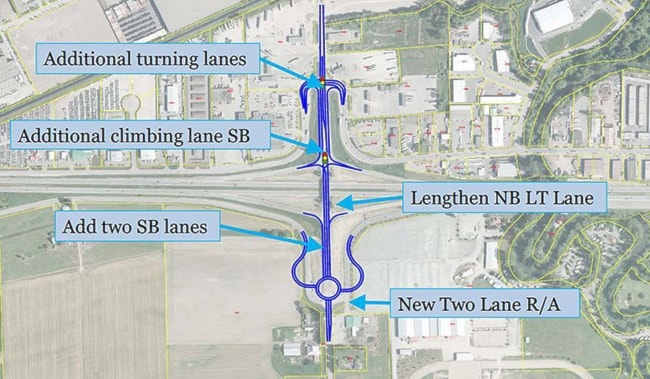The Lickman interchange has long been the bane of truckers and commuters alike.
As congestion in the area has increased, the limitations of the road network have been made more clear.
The challenge for the City of Chilliwack has been to balance spending taxpayer money on what is essentially a regional interchange.
Last week to province acknowledged that shared responsibility with the announcement of a $2 million contribution toward the $6.5 million project.
The decision drew immediate praise from the people who use the intersection, and rightly so. The current design has semi-trailer tractor units sitting at left-turn lights, often blocking traffic as they angle to make their turn. The steep grade compounds the problem by making acceleration slow. It’s not uncommon to see trucks lined up to make the left-hand turn from the highway off-ramp onto Lickman and the service stations beyond.
Improvements call for additional lanes, wider lanes and the construction of a two-lane roundabout. That will improve traffic flow and limit the number of vehicles that will have to come to a complete stop before proceeding.
But the work will be only a temporary fix.
Alterations to the actual overpass would necessitate an additional $2 million for seismic upgrades. That expenditure hardly makes sense given the fact the bridge is reaching the end of its life expectancy.
Long term plans from the province call for the replacement of the entire overpass (and the widening of Highway 1 to six lanes) in 15 years.
When that happens, the changes announced last week will be incorporated into the design, ensuring the money spent today, won’t be wasted tomorrow.
In the meantime, improvements to the interchange will make the growing industrial lands off Lickman Road more accessible, while lessening the frustration faced by truckers trying to stop for fuel and servicing.
